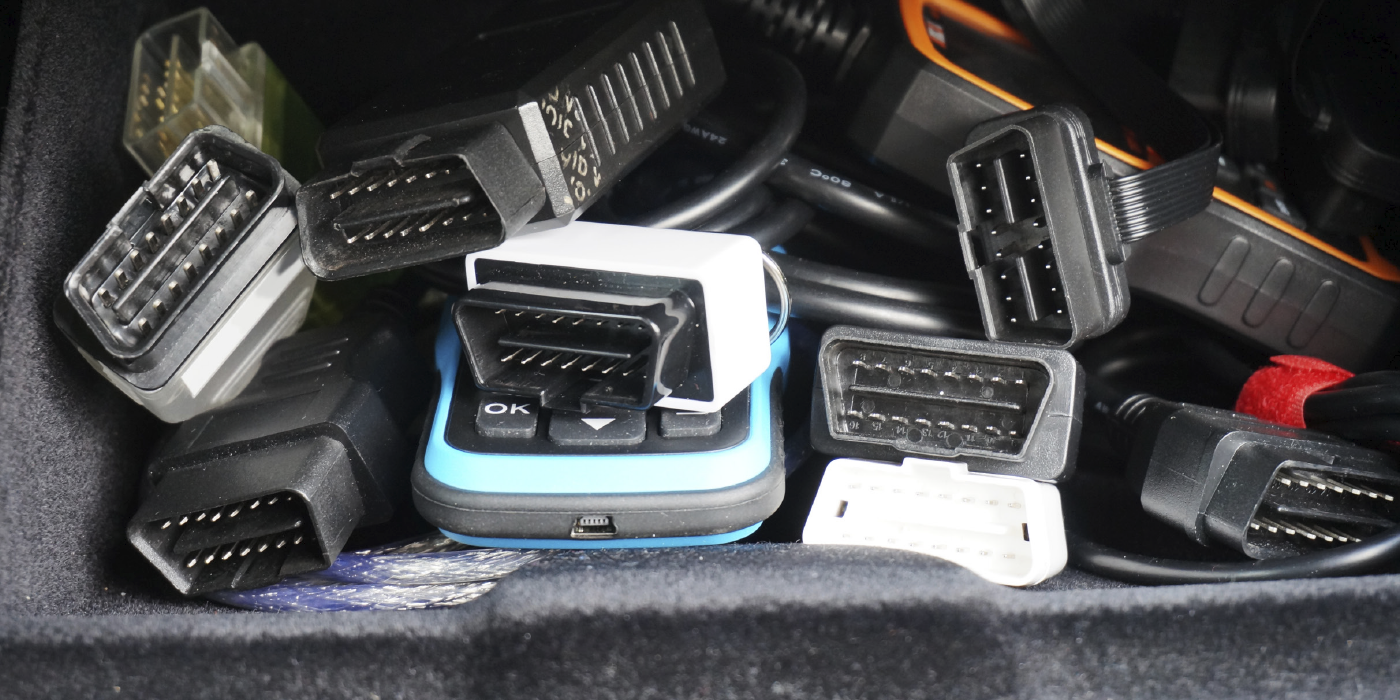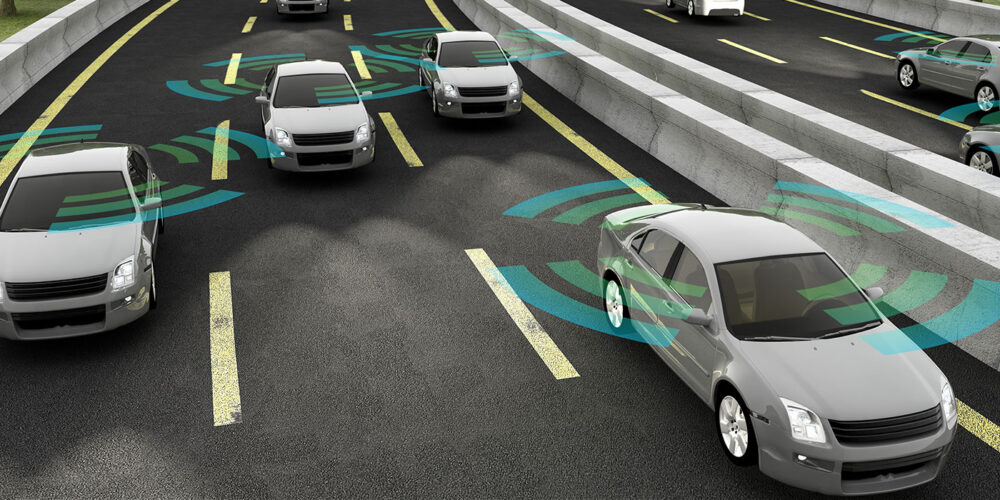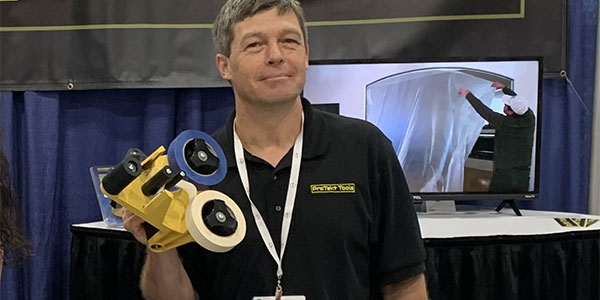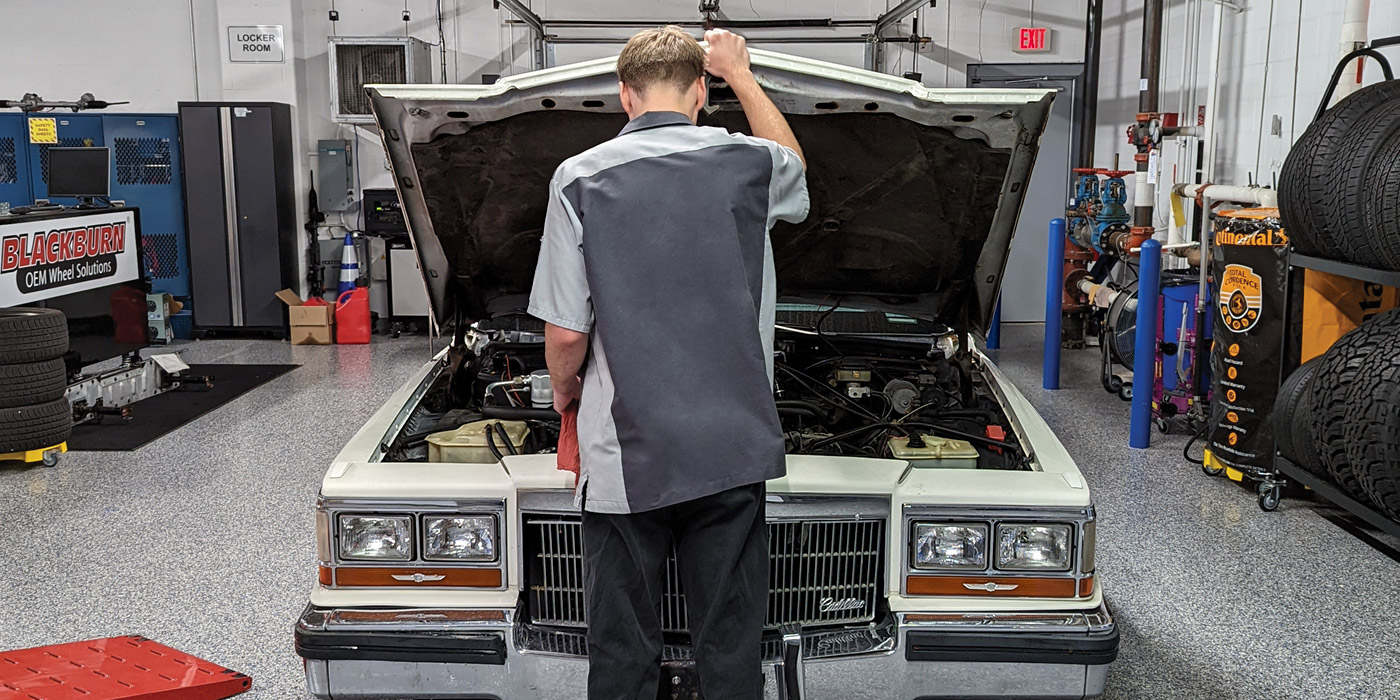Advanced Driver Assistance Systems (ADAS) require the use of a scan tool for diagnostics, and the majority of the time, it’s required for post-repair calibration. ADAS, like any other system, requires a diagnostic routine, which begins with a base knowledge of the system. Knowing ADAS will help understand fault symptoms and scan tool data for the most efficient diagnosis.While systems can and will differ, here’s a look at common ADAS features, their general configurations and calibration requirements.Parking assist sensors, of which there can be more than one, are generally located in the front and rear bumpers. They are the inputs that affect active parking assist and parking collision warnings. Any time they are disturbed in any manner, a static calibration must be performed with a scan tool.Side object sensors, sometimes called collision avoidance sensors, are commonly located in the rear bumper. These sensors provide input for blind spot warnings, lane change alerts and rear cross traffic warnings. Static calibration with a scan tool is required when these are removed or replaced.Rear vision cameras will be located in the rear decklid, liftgate or tailgate, and act as either a backup camera alone, or part of a surround view system if the vehicle is so equipped. These cameras generally require a dynamic calibration, and no scan tool is required.A forward-looking camera is sometimes located behind the grille, and usually part of a surround view system. These too do not require a scan tool, but a dynamic calibration must be performed when they are removed or replaced.Different ADAS features may have dedicated control modules which can be located in various areas, often behind interior panels. As with most control modules, these require scan tool programming when replaced and, depending on the system, both static and dynamic calibrations may be required.The Haptic Seat Motor creates the vibration to provide a safety alert for blind spot, forward collision, lane departure, lane keep assist, parking collision and rear cross traffic warnings. These motors, sometimes called seat warning actuators, generally require no type of calibration.Cameras located in a sideview mirror are part of surround view systems. These require calibration when removed or replaced, but most of them dynamic, and no scan tool is required.The steering angle sensor located in the steering column is an input for lane keep assistance, and a static calibration is required with a scan tool any time it is removed or replaced, or any time a wheel alignment is performed.Last, but not least, is the front view, or forward-looking camera located in the windshield area. This camera is a vital part of adaptive cruise control, automatic emergency braking, automatic high beam headlights, forward collision and lane departure warnings, and lane keeping assistance. A scan tool and static and dynamic calibration are required after removal and replacement, but also after windshield removal or replacement, or any service that affects the ride height of the vehicle. TS














